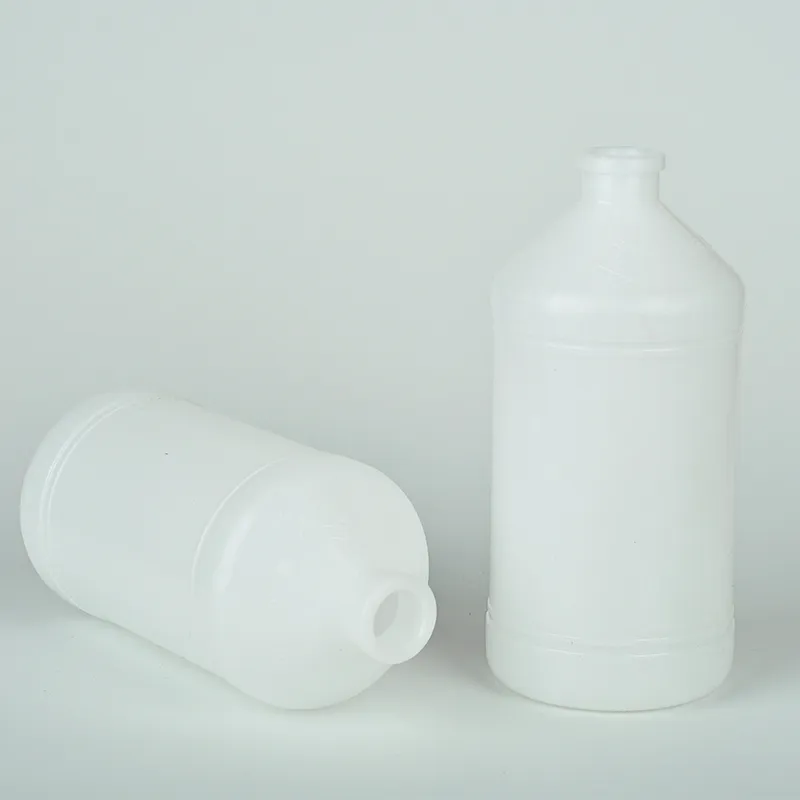
-
 Afrikaans
Afrikaans -
 Albanian
Albanian -
 Amharic
Amharic -
 Arabic
Arabic -
 Armenian
Armenian -
 Azerbaijani
Azerbaijani -
 Basque
Basque -
 Belarusian
Belarusian -
 Bengali
Bengali -
 Bosnian
Bosnian -
 Bulgarian
Bulgarian -
 Catalan
Catalan -
 Cebuano
Cebuano -
 Corsican
Corsican -
 Croatian
Croatian -
 Czech
Czech -
 Danish
Danish -
 Dutch
Dutch -
 English
English -
 Esperanto
Esperanto -
 Estonian
Estonian -
 Finnish
Finnish -
 French
French -
 Frisian
Frisian -
 Galician
Galician -
 Georgian
Georgian -
 German
German -
 Greek
Greek -
 Gujarati
Gujarati -
 Haitian Creole
Haitian Creole -
 hausa
hausa -
 hawaiian
hawaiian -
 Hebrew
Hebrew -
 Hindi
Hindi -
 Miao
Miao -
 Hungarian
Hungarian -
 Icelandic
Icelandic -
 igbo
igbo -
 Indonesian
Indonesian -
 irish
irish -
 Italian
Italian -
 Japanese
Japanese -
 Javanese
Javanese -
 Kannada
Kannada -
 kazakh
kazakh -
 Khmer
Khmer -
 Rwandese
Rwandese -
 Korean
Korean -
 Kurdish
Kurdish -
 Kyrgyz
Kyrgyz -
 Lao
Lao -
 Latin
Latin -
 Latvian
Latvian -
 Lithuanian
Lithuanian -
 Luxembourgish
Luxembourgish -
 Macedonian
Macedonian -
 Malgashi
Malgashi -
 Malay
Malay -
 Malayalam
Malayalam -
 Maltese
Maltese -
 Maori
Maori -
 Marathi
Marathi -
 Mongolian
Mongolian -
 Myanmar
Myanmar -
 Nepali
Nepali -
 Norwegian
Norwegian -
 Norwegian
Norwegian -
 Occitan
Occitan -
 Pashto
Pashto -
 Persian
Persian -
 Polish
Polish -
 Portuguese
Portuguese -
 Punjabi
Punjabi -
 Romanian
Romanian -
 Russian
Russian -
 Samoan
Samoan -
 Scottish Gaelic
Scottish Gaelic -
 Serbian
Serbian -
 Sesotho
Sesotho -
 Shona
Shona -
 Sindhi
Sindhi -
 Sinhala
Sinhala -
 Slovak
Slovak -
 Slovenian
Slovenian -
 Somali
Somali -
 Spanish
Spanish -
 Sundanese
Sundanese -
 Swahili
Swahili -
 Swedish
Swedish -
 Tagalog
Tagalog -
 Tajik
Tajik -
 Tamil
Tamil -
 Tatar
Tatar -
 Telugu
Telugu -
 Thai
Thai -
 Turkish
Turkish -
 Turkmen
Turkmen -
 Ukrainian
Ukrainian -
 Urdu
Urdu -
 Uighur
Uighur -
 Uzbek
Uzbek -
 Vietnamese
Vietnamese -
 Welsh
Welsh -
 Bantu
Bantu -
 Yiddish
Yiddish -
 Yoruba
Yoruba -
 Zulu
Zulu
Exploring the Art and Science of Historical Medicine Containers and Their Cultural Significance
The History and Significance of Medicine Jars
Throughout history, the use of medicine jars has played a significant role in the storage, preservation, and dispensing of medicinal substances. These containers serve not only a practical purpose but also reflect the cultural and scientific advancements of various societies.
Medicine jars date back to ancient civilizations, where they were crafted from materials like clay, glass, and stone. In ancient Egypt, for example, jars were often made from alabaster and used to hold oils, perfumes, and medicinal concoctions. The use of hieroglyphics and intricate designs on these jars not only served as a means of identification but also held religious significance, as they were often buried with mummies to accompany them in the afterlife.
The Greeks and Romans also had their own versions of medicine jars. The Greeks, known for their contributions to the field of medicine, utilized ceramic vessels called phialae for storing liquid medications. The Romans further refined the design, introducing glass jars that allowed for better visibility of the contents. This advancement highlighted the importance of transparency in the medical field, promoting trust between physician and patient.
As the Middle Ages approached, the use of medicine jars evolved
. Apothecaries emerged as specialized practitioners who compounded medications, and they needed suitable containers for their creations. Apothecary jars became emblematic of this period, often adorned with labels that indicated their contents. These jars not only stored essential ingredients for remedies but also contributed to the establishment of a professional identity for apothecaries.medicine jars

During the Renaissance, with the revival of scientific inquiry and exploration, medicine jars saw further innovation. The introduction of new materials, such as glass with improved transparency, allowed for greater precision in the dosage of medications. Additionally, the use of cork stoppers became commonplace, improving the preservation of medicinal substances by minimizing exposure to air and contaminants.
In the 19th century, the industrial revolution brought about mass production techniques that transformed the way medicine jars were created and distributed. Pharmaceutical companies began manufacturing standardized jars to ensure safety and efficacy in the dispensing of medications. The development of labels, which included dosage instructions and warnings, became critical for patient safety.
Today, medicine jars continue to evolve, with advancements in technology leading to the creation of smart containers. These modern jars can track medication usage, provide reminders for dosages, and even alert users when it's time to refill their prescriptions. Such innovations signify a shift toward personalized medicine, where patient engagement and adherence to treatment plans are prioritized.
In summary, medicine jars have a rich history that reflects the advancements in medicine, cultural practices, and technological innovations. They have evolved from ancient clay containers to modern smart devices, demonstrating the ongoing importance of proper storage and dispensing of medications in ensuring public health. As we continue to innovate, the legacy of these humble jars remains a testament to humanity’s quest for health and well-being.
-
Premium 200ml Medicine Bottles – Leakproof Dropper & Spray Options at Best PriceNewsJul.05,2025
-
PTFE Centrifuge Tubes - Chemical Resistant, Leak-proof, Ideal for Laboratory UseNewsJul.05,2025
-
Premium Metal Dropper Bottle for Precise Dispensing 250ml & 1ml Options AvailableNewsJul.04,2025
-
20 ml Headspace Vials - High Quality Polyethylene & Plastic Vials for Lab UseNewsJul.04,2025
-
Small Bottle with Pipette - Precise Dispensing 100ml Pipette Bottles for Essential Oils & Lab UseNewsJun.24,2025
-
Acetic Anhydride Bottle for Accurate Dropper Measurement in Pharmacy Use High-Quality Dropper BottlesNewsJun.10,2025






















